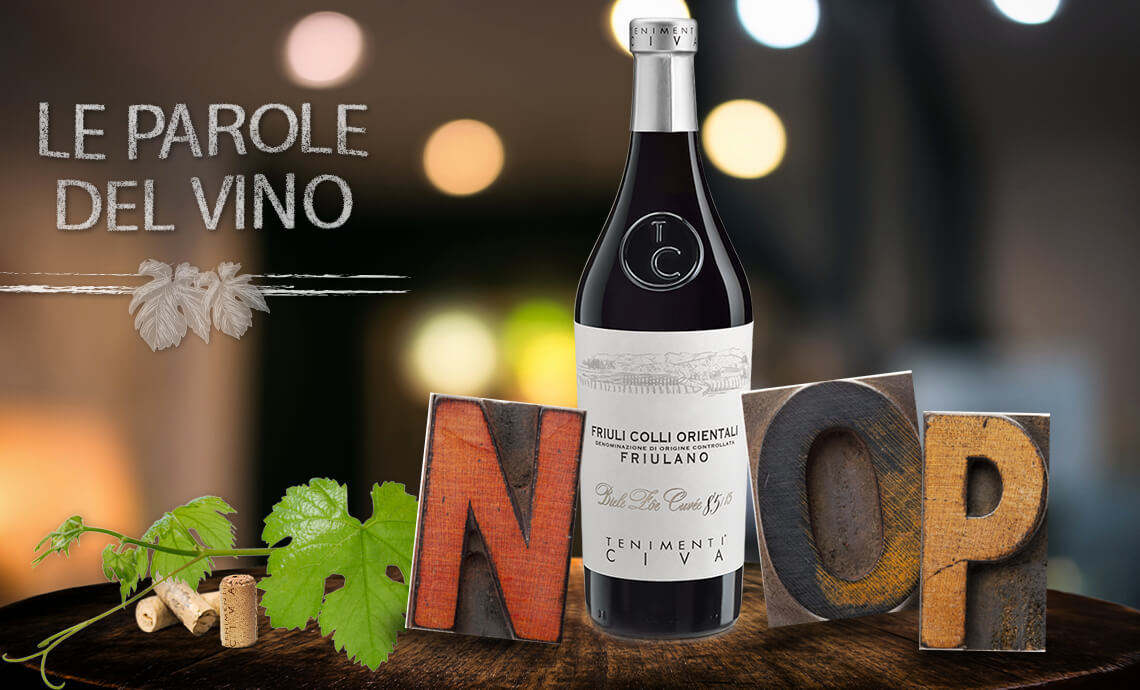 WORD “N”
WORD “N”
Neutral: describes a wine whose aromas lack any particular distinguishing characteristics.
New wine: a wine which has just been obtained through the alcoholic fermentation of must. Not to be confused with vino novello.
 WORD “O”
WORD “O”
Oaky: this note can be found in wines aged in new barrels, which release aromas of vanilla, hazelnut, cocoa powder, coconut, coffee, caramel, India rubber, and chocolate.
Oily: said of a wine rich in glycerine. This is found in particular in wines from partially dried grapes affected by noble rot, or when the grapes used to make the wine are affected by vine disease. In the latter case, it is a negative trait.
Old: used for a wine whose component parts (namely colour, smell, and taste) are past their best and are in decline.
One-dimensional: refers to a bouquet that expresses aromas of a single aromatic family (fruity, floral, spicy etc.)
Oxidative: used to describe a wine whose contact with oxygen is intentional. In this case, its particular traits are a quality. In Italy we have some magnificent examples, such as Marsala, Vernaccia di Oristano, and Vin Santo.
Oxidized: refers to a wine that has accidentally come into contact with oxygen and this has compromised its sensory characteristics (appearance, aromas, taste).
 WORD “P”
WORD “P”
Peppery: said of a wine containing hot and spicy aromatic molecules reminiscent of pepper or chilli pepper.
Pervasive: used to describe wines that are full and rich in the mouth and/or on the nose.
Potent: refers to a wine that releases heat due to the presence of alcohol, and at the same time displays exuberant structure.
Pressed: denotes a wine obtained from the pressing of fruit debris.

